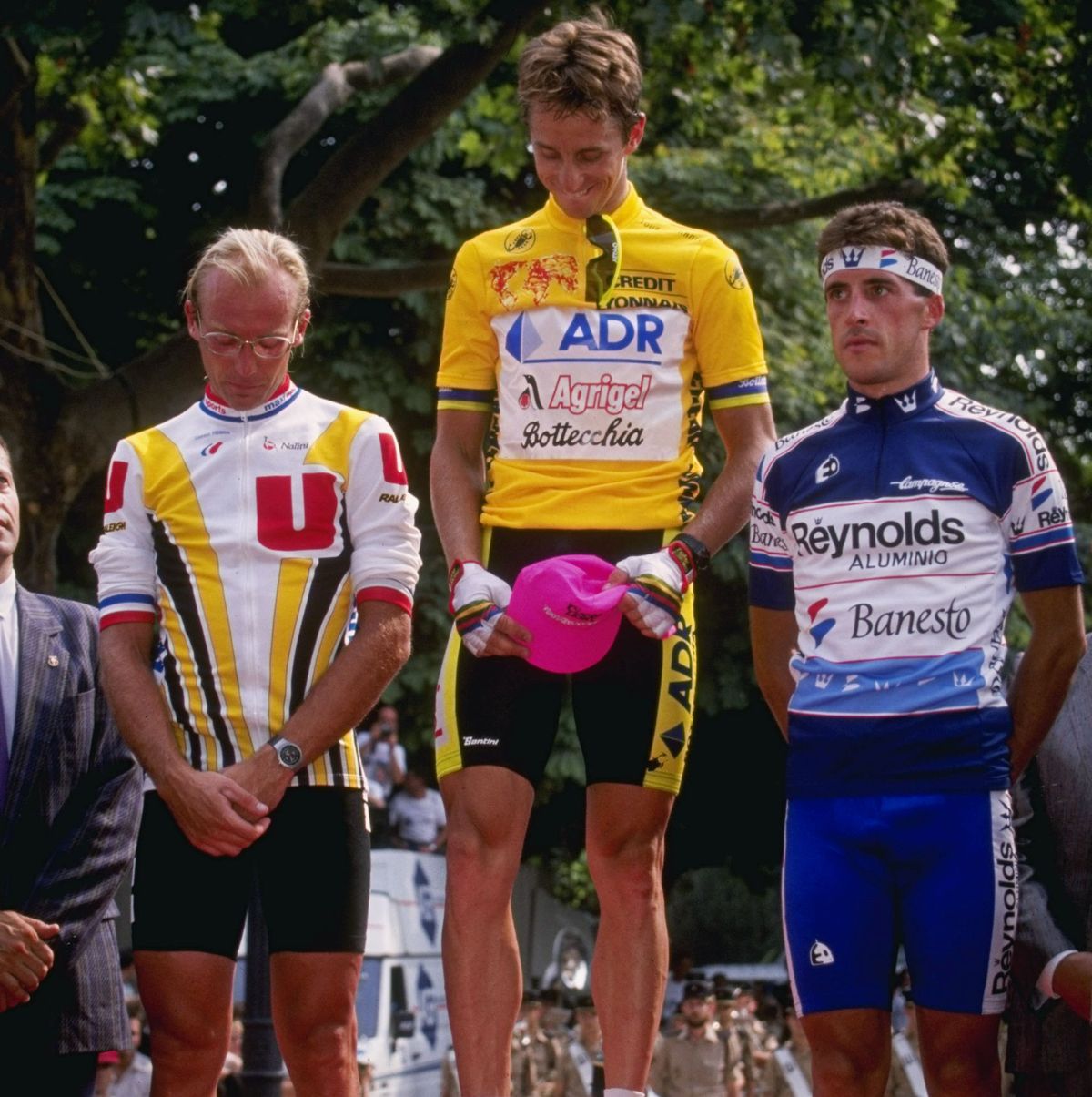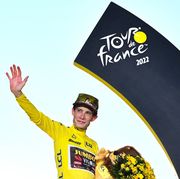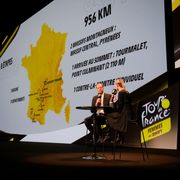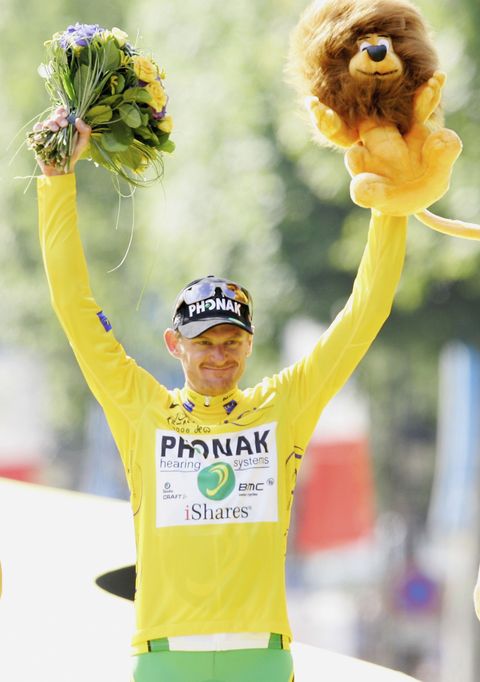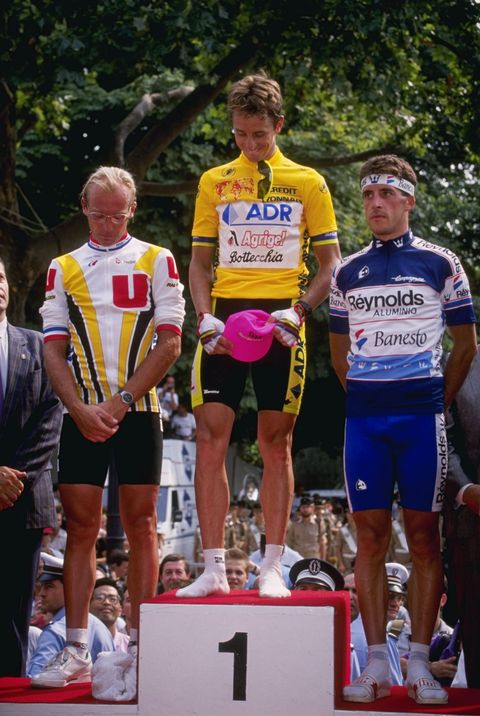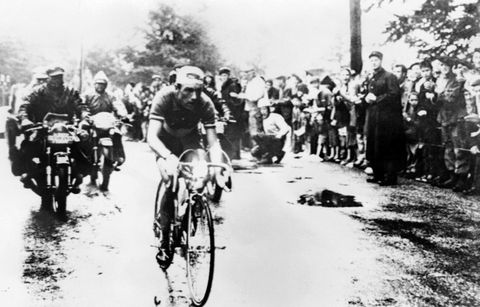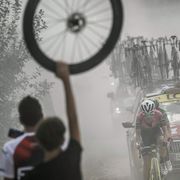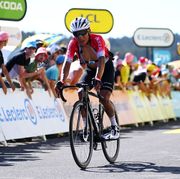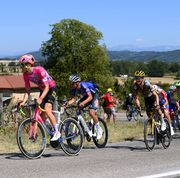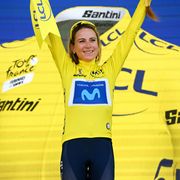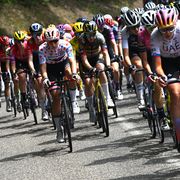No final Tour stage has ever shocked the racing world like the 1989 Tour, when Greg LeMond clawed 58 seconds out of yellow jersey holder Laurent Fignon in just 24.5 kilometers with a stunning time trial ride.
But the final-day fireworks doesn’t tell you that the ’89 Tour was a see-saw battle for the entire race. Fignon won the Tour in 1983 and ’84 but battled tendon issues in his knee and ankle in the following years. In 1989, he was finally back in top shape, having won May’s Giro d’Italia (LeMond finished 39th).
The two traded yellow back and forth no fewer than five times during the Tour, separated by just a handful of seconds for much of the race. Riding for the underpowered ADR team, LeMond capitalized on time trials, where team strength and tactics aren’t a factor, and seized yellow with a Stage 5 time trial win. He lost it shortly after to Fignon in the Pyrenees. Another strong time trial performance in Stage 15 reclaimed the lead for LeMond, but Fignon deployed his powerful Super-U team to take it back on Stage 17’s Alpe d’Huez finish. He added 24 more seconds the next day, which many thought would be a comfortable enough margin to ensure the Frenchman’s third Tour win ahead of the short, slightly downhill final stage.
LeMond had experimented with aero gear in the previous time trials, using a teardrop-shaped Giro helmet and the now-iconic clip-on handlebars in the 73-kilometer Stage 5 time trial. He donned that gear in the final stage, while Fignon opted to ride without either, choosing a conventional time trial bike with only cowhorn bars, and going bareheaded (helmets weren’t mandatory in racing until 2003).
Much like Primož Roglič in the final TT of the 2020 Tour, Fignon was losing time to LeMond from the start. LeMond opted not to get time splits from his director, but Fignon did. Entering the Champs-Elysées, he had a tiny lead of just two seconds, but LeMond’s average speed of 54.55 kph—still one of the fastest TTs in Tour history—was simply too much to match, and Fignon conceded 10 seconds in the final kilometers, losing the Tour by just eight seconds—the closest margin in the race’s 107 editions.
